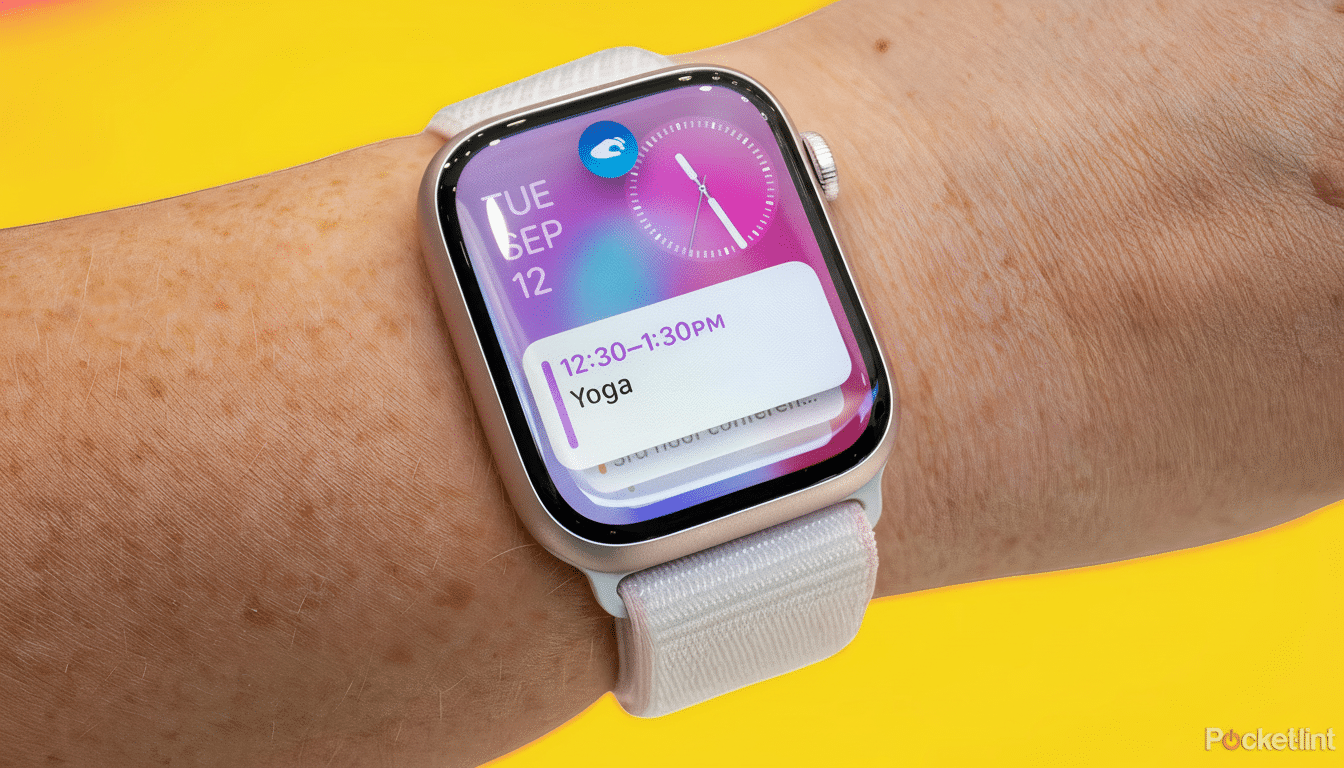A source with a proven track record for X account leaks claims the Apple Watch SE 3 will join the Apple Watch Series 11 and Apple Watch Ultra 3 offering, with refreshed iPad Pro models set to adopt Apple’s new M5 chip later this year. None of that is official, but the lineup dovetails with months of supply-chain chatter and analysts’ expectations, lending the claims more credibility.
What the leak says — and why it matters
The account in question tagged three watches — Series 11,[Ultra 3, and SE 3 — as landing soon and also hinted that we might see some next-generation iPad Pro hardware powered by the M5 chip in the queue, too. Every device has been rumored alone, but hearing them all together constricts the consensus about Apple’s fall hardware map.

Whispers like these before an even tend to start to spread when the final marketing materials, channel inventory plans, and carrier documentation start to slide around. In the past, passing references in regulatory filings and last-chance distributor listings have correctly telegraphed the Apple Watch lineup days ahead of launch. The timing there fits with that pattern.
Apple Watch SE 3: the value play to watch
The current Apple Watch SE arrived in 2022 and introduced key health and safety features such as Fall Detection, Crash Detection and Emergency SOS at a more affordable price. An SE 3 would simply continue that formula with a faster chip, possibly a variation of the S-series silicon found in high-end models, leading to faster, more responsive navigation and more, like longer support windows for watchOS updates.
One is practical: What marquee features trickle down? Apple could deploy on-device Siri for smaller requests, and the Double Tap gesture (both limited to recent chips) would make sense if newer silicon is onboard the SE 3. Apple might also throw in that second gen Ultra Wideband chip to further enhance Precision Finding for iPhone and AirTag users — an increasingly attractive perk for family setup and new buyers.
You won’t find premium materials or high-end sensors like blood oxygen on the SE line; Apple uses SE to hit aggressive price points and high volume. The current model lists for about $249 in the U.S. and regularly drops to $199 on special offers. Remaining close to that would still allow Apple to remain competitive as Android-friendly brands increasingly crowd the lower-end sub-$300 market.
There’s macro support for the strategy: Counterpoint Research estimates Apple has stayed at around a quarter or so of worldwide smartwatch shipments (and more than half of revenue) by commanding higher average selling prices. An SE refresh is Apple’s way to defend share in more price-sensitive markets while also not diluting its premium tiers.
Series 11 and Ultra 3: iteration of a theory
Series 11 should bring a next-gen S-series chip, and Apple always likes to boast about efficiency, speed and responsiveness. Bloomberg has pointed multiple times to Apple’s development of thinner designs and larger batteries across the Watch family, and a small update to the design this cycle would complement that story. Look for watchOS 11 features, such as Training Load insights and the new Vitals app, to take center stage, all while minimizing the hardware required to deliver all day stats without significantly draining the battery.

The expectations are more subdued for ultra 3 this year after adding a darker titanium finish and jumping to Apple’s latest silicon last year. Apple has traditionally toggled between updating capability and finish on its tough model; a display or GPS or material modulation would be a good (if incremental) first play while the company matures longer-horizon health sensors.
And by that three-tier strategy (SE for access, Series for mainstream, Ultra for endurance), Apple can segment features and price points cleanly. According to IDC, the category of wearables is finally in growth, and the brands picking up shares are the ones that can show clear ladders from entry to premium. Apple’s Watch series is a case-in-point.
M5 iPad Pro chatter
The wild card here is the prospect of the iPad Pro jumping to M5 later this year. Apple just updated the iPad Pro with significant design and display updates, however, so a speedy chip cycle would be speedy indeed — though not out of step with recent updates, if Apple wants that silicon to align with the new Mac chips being introduced within approximately the same time period. The company has increasingly relied on the iPad Pro as the place to introduce new chip architecture, which can then trickle down the line of Macs.
Assuming M5 does hit the iPad first, the pitch may revolve around pro workflows—video encoding, on-device machine learning, potentially graphics—where Apple can demonstrate actual gain.Note: When you purchase something after clicking links in our articles, we may earn a small commission. Read our affiliate link policy for more details. Developers will be paying close attention to upgraded Neural Engine counts and memory bandwidth, two areas that directly affect creative and AI-heavy apps.
What to watch for
Watch retail SKU databases and secondary regulatory filings for mentions of model numbers and case sizes, which can show up in advance. Any movement in SE pricing is going to be particularly telling: Stay the course and Apple is all-in on scale; nudge up and it probably signals significant silicon or wireless improvements.
Bottom line: the SE 3 rumors are in line with Apple’s playbook—bring the modern performance to the affordable watch, maintain the Ultra’s halo, push the Series as the daily driver. If the leak is on the money then Apple is about to segment its wearables lineup a little more, and re-energize that smartwatch market at the same time.

